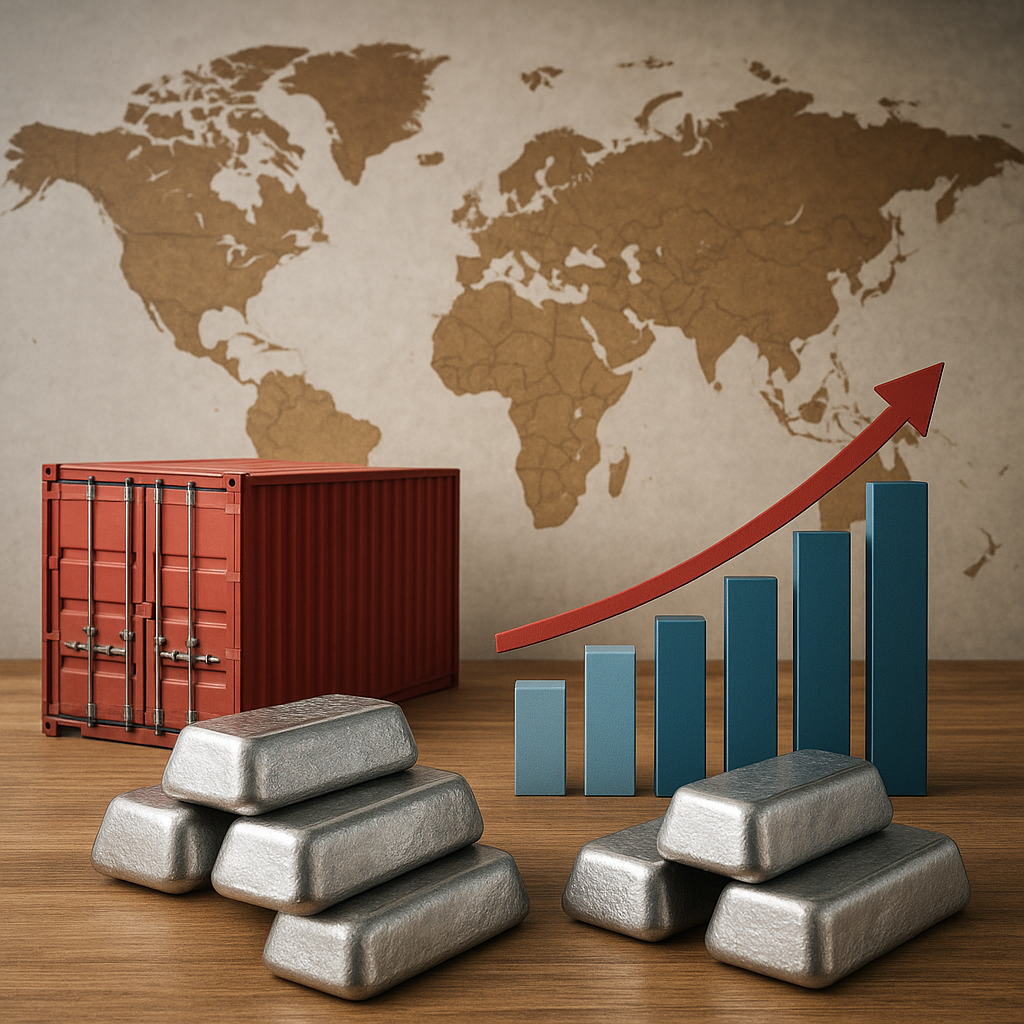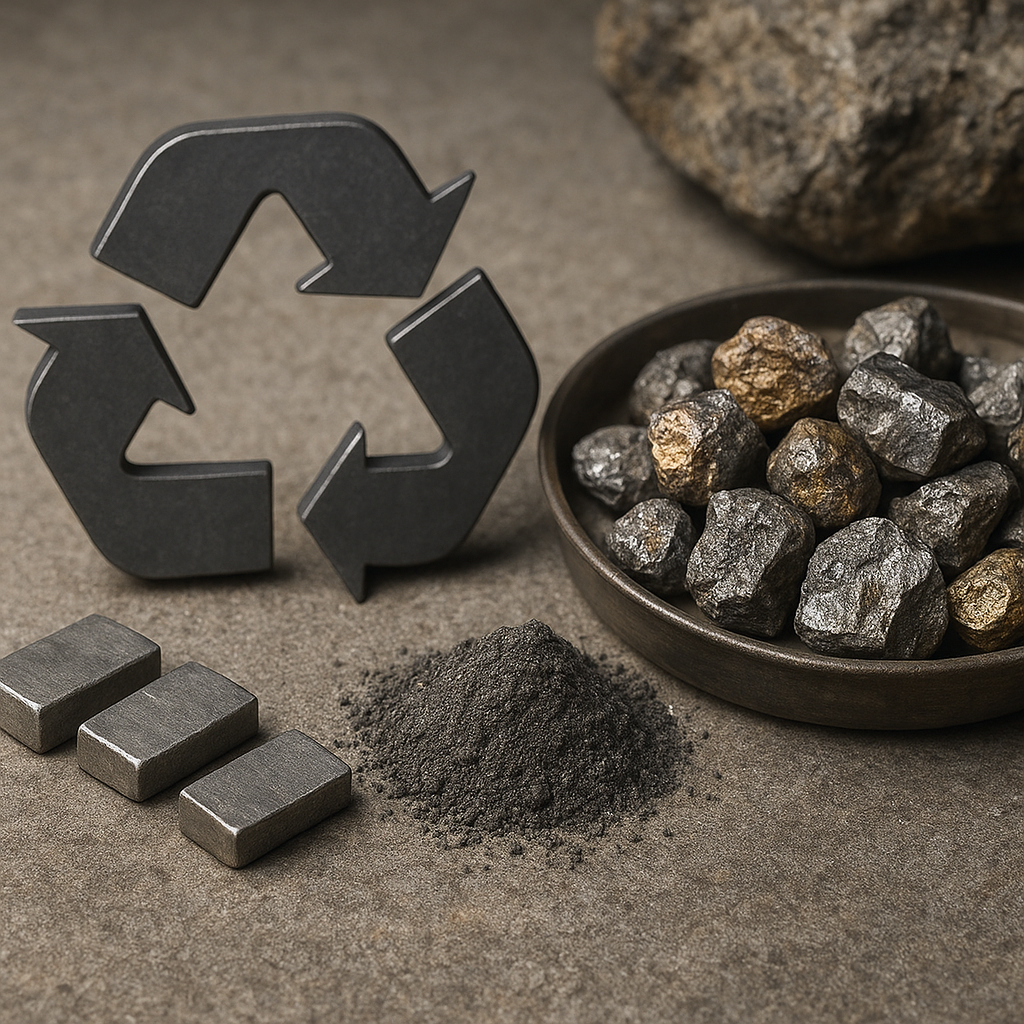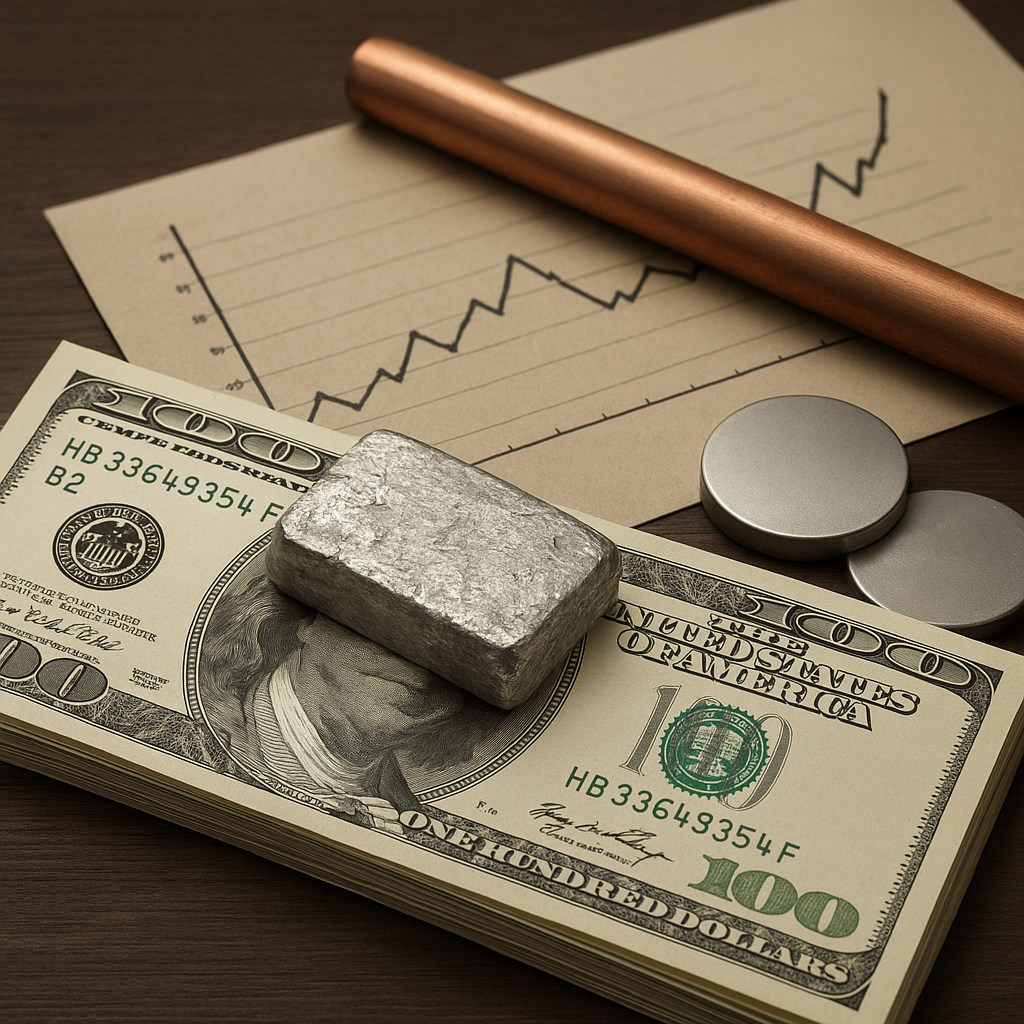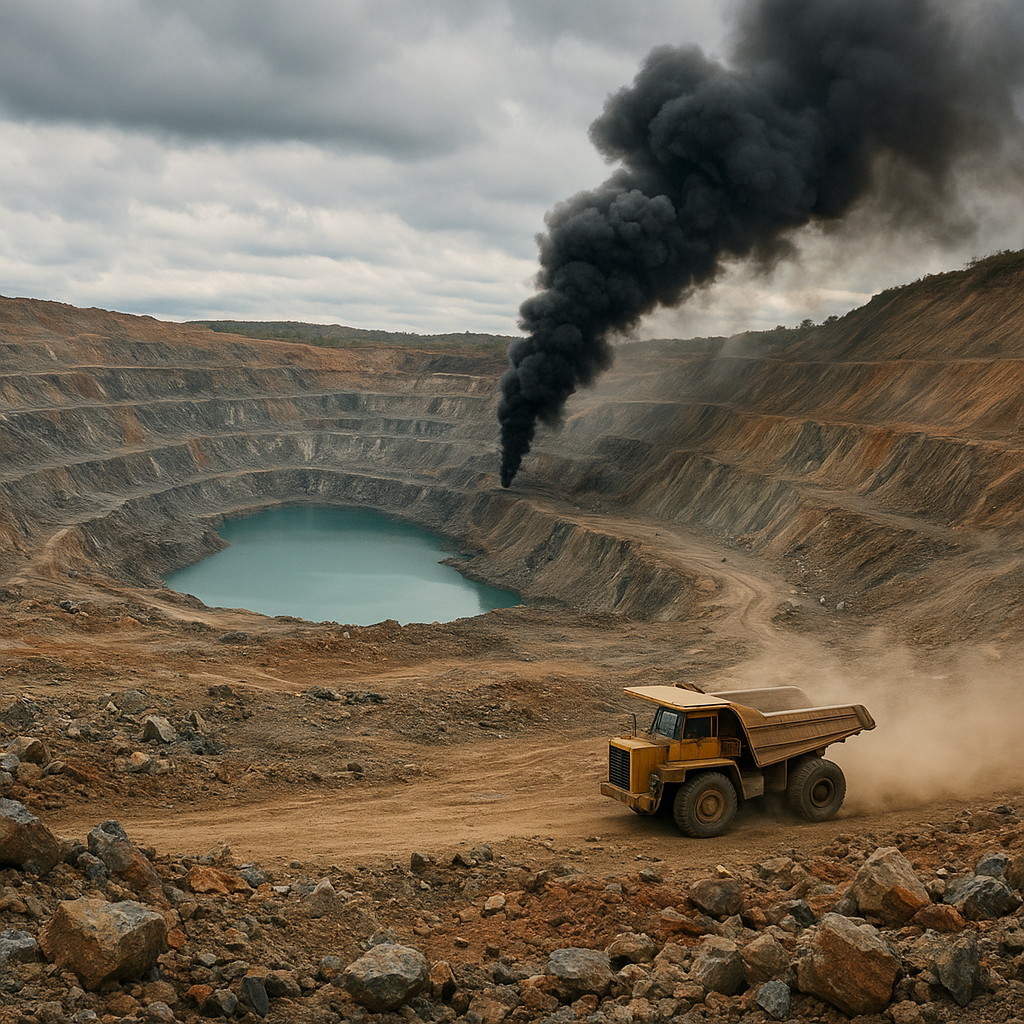The role of rare metals in global energy transition plans is becoming increasingly significant as the world shifts towards more sustainable energy solutions. These metals, often referred to as critical or strategic minerals, are essential components in the development of technologies that support renewable energy, electric vehicles, and energy storage systems. As nations strive to reduce their carbon footprints and meet ambitious climate goals, the demand for rare metals is expected to surge, raising important questions about supply, sustainability, and geopolitical implications.
The Importance of Rare Metals in Renewable Energy Technologies
Rare metals play a crucial role in the development and deployment of renewable energy technologies. Elements such as lithium, cobalt, nickel, and rare earth elements (REEs) are indispensable in the production of batteries, wind turbines, and solar panels. For instance, lithium-ion batteries, which are the backbone of electric vehicles and energy storage systems, rely heavily on lithium and cobalt. These metals provide the necessary energy density and stability required for efficient battery performance.
Wind turbines, another cornerstone of renewable energy, utilize rare earth elements like neodymium and dysprosium in their permanent magnets. These magnets are essential for the efficient conversion of wind energy into electricity. Similarly, solar panels often incorporate indium and tellurium to enhance their efficiency and durability. The unique properties of these rare metals make them irreplaceable in the quest for cleaner energy sources.
As the global energy landscape evolves, the demand for these metals is projected to increase exponentially. According to the International Energy Agency (IEA), the demand for lithium could grow by over 40 times by 2040, while the need for cobalt and nickel could increase by 20 to 25 times. This surge in demand underscores the critical role that rare metals will play in the energy transition and highlights the need for sustainable and ethical sourcing practices.
Challenges in the Supply Chain of Rare Metals
The growing reliance on rare metals presents several challenges, particularly in terms of supply chain management. The extraction and processing of these metals are often concentrated in a few countries, leading to potential supply bottlenecks and geopolitical tensions. For example, China dominates the global production of rare earth elements, accounting for over 80% of the world’s supply. This concentration of production raises concerns about the security of supply, especially in times of political or economic instability.
Moreover, the mining and processing of rare metals can have significant environmental and social impacts. The extraction process often involves the use of toxic chemicals and generates substantial waste, posing risks to local ecosystems and communities. Additionally, mining operations can lead to human rights violations, including child labor and poor working conditions, particularly in regions with weak regulatory frameworks.
To address these challenges, there is a growing emphasis on developing more sustainable and ethical supply chains. This includes efforts to improve recycling and recovery rates of rare metals from end-of-life products, as well as investing in research and development to find alternative materials or technologies that reduce reliance on critical minerals. International cooperation and policy frameworks are also essential to ensure a stable and responsible supply of rare metals.
Geopolitical Implications and Strategic Considerations
The strategic importance of rare metals in the global energy transition has significant geopolitical implications. As countries compete for access to these critical resources, there is a risk of increased geopolitical tensions and resource nationalism. Nations with abundant reserves of rare metals may leverage their position to gain political or economic advantages, while those dependent on imports may seek to diversify their supply sources or invest in domestic production capabilities.
In response to these dynamics, many countries are implementing strategies to secure their supply chains and reduce vulnerability to external shocks. This includes forming strategic partnerships and alliances, investing in domestic mining and processing infrastructure, and promoting research into alternative materials and technologies. For instance, the European Union has identified rare metals as a key area of focus in its Raw Materials Initiative, aiming to reduce dependency on imports and enhance resource efficiency.
Furthermore, the transition to a low-carbon economy presents an opportunity for countries rich in rare metals to play a pivotal role in the global energy landscape. By adopting sustainable mining practices and fostering innovation, these nations can position themselves as leaders in the supply of critical minerals, contributing to global efforts to combat climate change.
In conclusion, the role of rare metals in global energy transition plans is multifaceted, encompassing technological, environmental, and geopolitical dimensions. As the world moves towards a more sustainable energy future, the demand for these critical resources will continue to grow, necessitating careful consideration of supply chain dynamics, sustainability practices, and strategic policies. By addressing these challenges, the global community can ensure a secure and responsible transition to a cleaner energy system.












